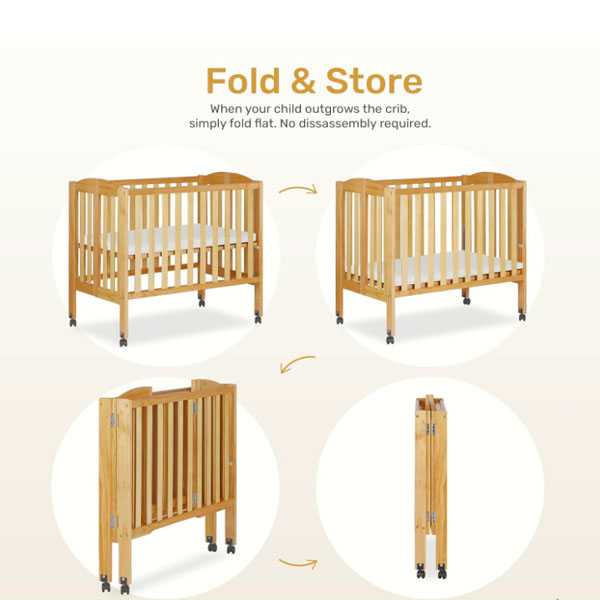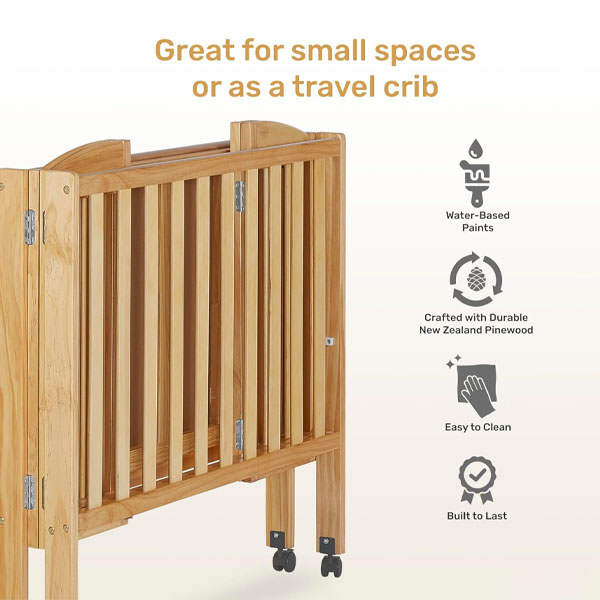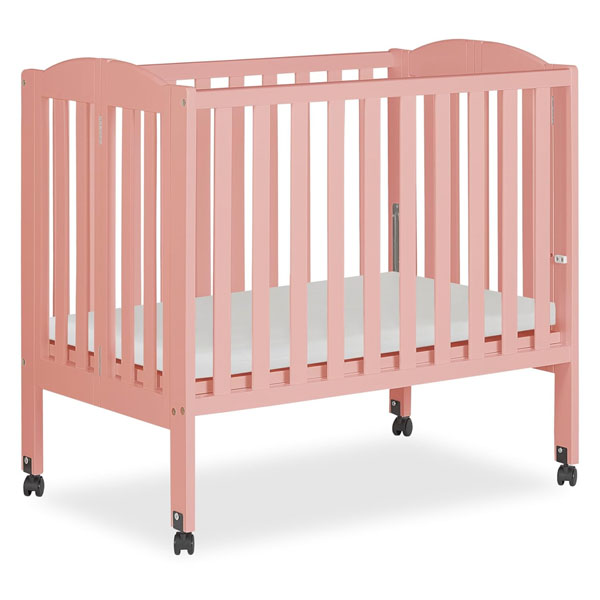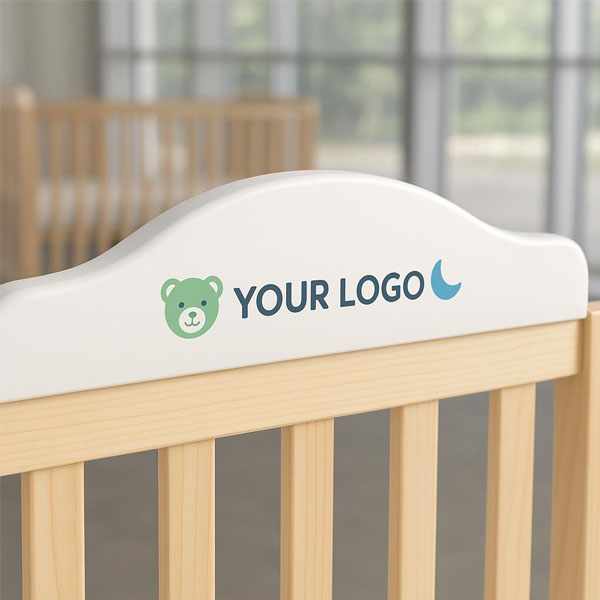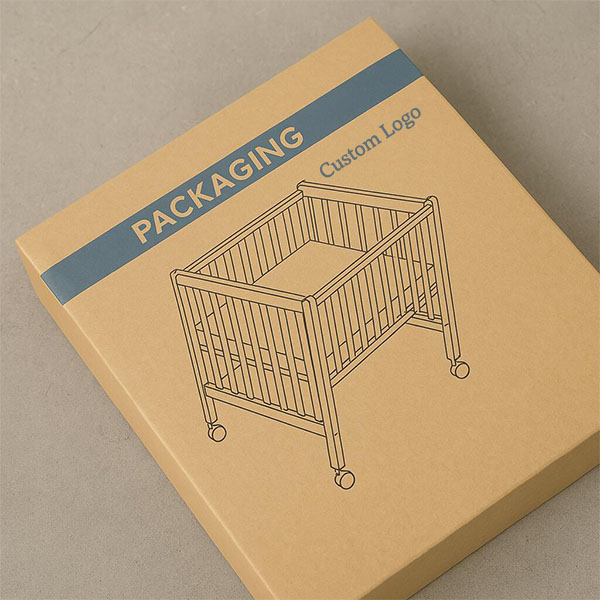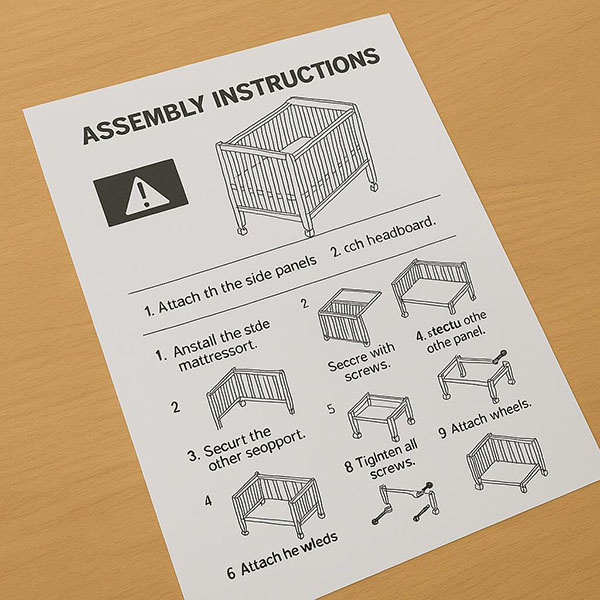What age do you stop using a Moses basket?
Moses baskets are cozy and convenient—but they don’t last forever. So when should you make the switch to a bigger sleep space?
You should stop using a Moses basket when your baby is around 3 to 4 months old, starts rolling over, or exceeds the weight limit—whichever comes first.
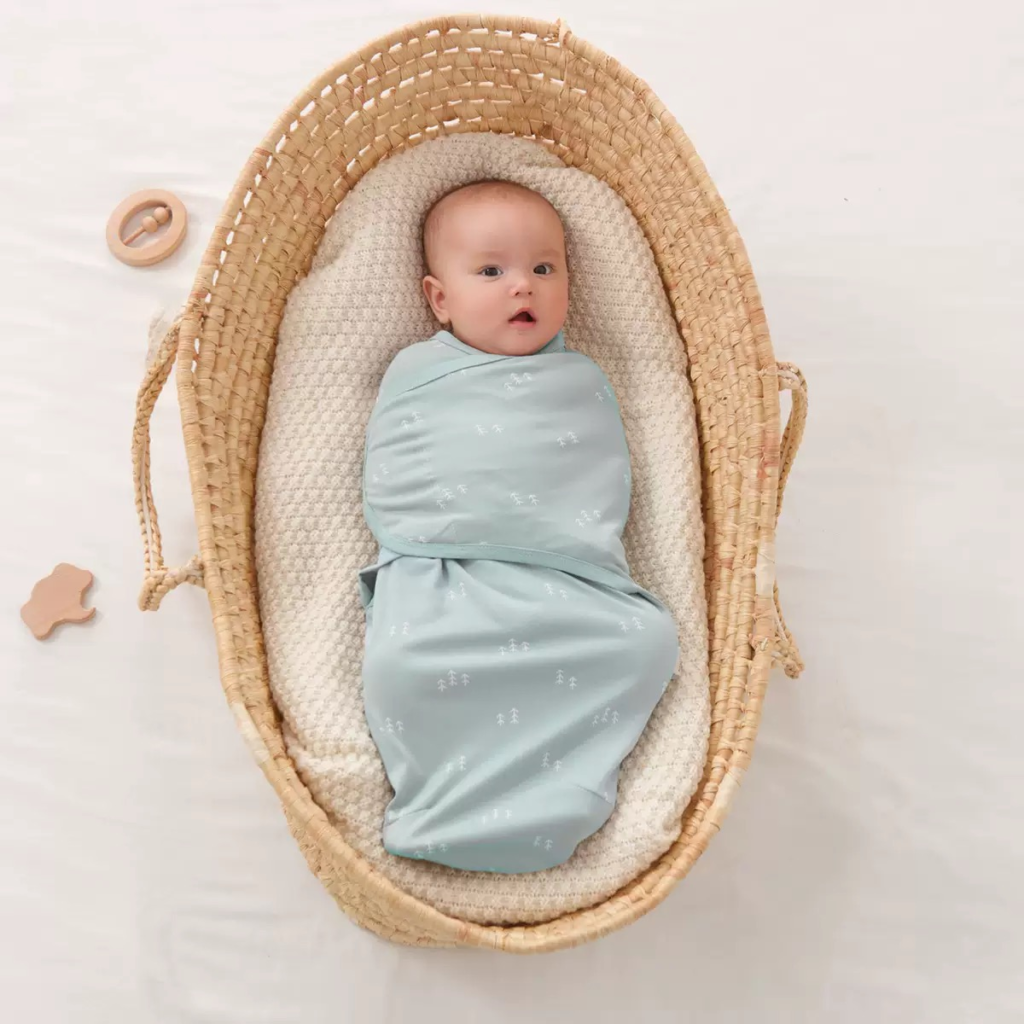
Let me break down exactly when and why it’s time to move on from the Moses basket, based on both expert advice and my personal experience.
What signs show your baby has outgrown the Moses basket?
It’s not just about age—your baby’s movements and growth are better clues.
If your baby can roll over, push up, or hits 15–20 lbs, it’s time to stop using the Moses basket.
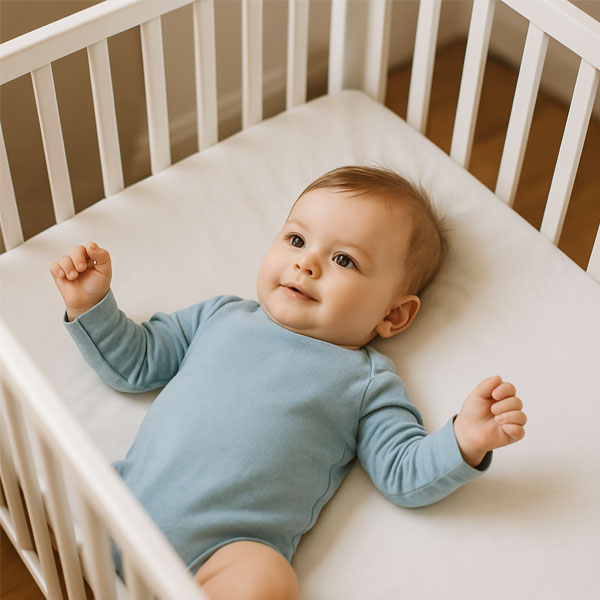
Rolling and pushing up are the biggest red flags
Safety is the main reason to stop using the basket. Once your baby can roll or push up on hands and knees, the shallow sides of the basket become dangerous. It’s no longer secure.
With my son, I noticed him trying to roll at 12 weeks. That same day, I transitioned him into a crib. It’s better to act early than wait for an accident.
Babies grow fast and each one develops on their own schedule. That’s why weight and movement are more important than a strict age guideline.
| Sign | What It Means |
|---|---|
| Rolling over | Basket no longer safely contains baby |
| Pushing up on arms | Risk of tipping or falling |
| Weight over 15–20 lbs | Basket may collapse or shift |
| Filling the basket fully | Too cramped, unsafe sleep position |
Weight limits vary
Most Moses baskets have a weight limit between 15–20 lbs (6.8–9 kg). Check the tag or manual that came with yours. Even if your baby isn’t moving much yet, weight alone can make the basket unstable.
If you notice the bottom sagging or the handles looking strained, that’s a clear sign it’s time to stop using it.
Can a baby sleep in a Moses basket longer if they’re not rolling?
It might feel tempting to stretch its use “just a little longer.”
No—even if your baby isn’t rolling, stop using the Moses basket when they’re too heavy, too long, or too active.
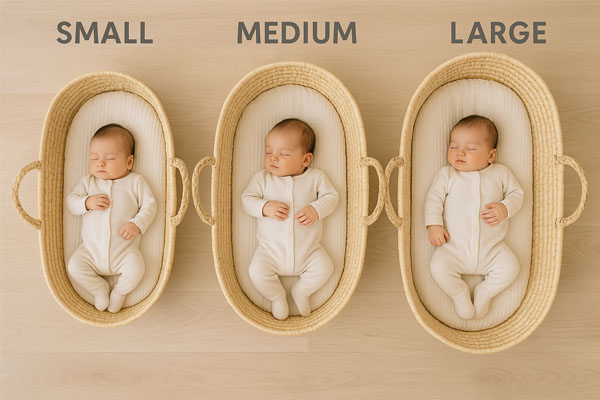
Passive babies still need safe space
My daughter was a late roller, but she grew quickly in size. At 14 weeks, she wasn’t moving much—but she was tall. Her head and feet touched both ends of the basket. That was my sign to move her, even though she hadn’t started pushing up yet.
A baby doesn’t need to be rolling for the basket to become unsafe. Cramped space can restrict movement or cause poor positioning. And a bigger baby can easily tip the basket just by shifting around.
Use a crib or bassinet as the next step
Don’t wait until a problem forces the change. A full-size crib or a bedside bassinet offers more room and better safety for the next phase. Once your baby is ready to explore movement, they need the space to do it safely.
I had the crib set up and ready by week 10. That way, we weren’t scrambling when it was time to switch.
What happens if you keep using a Moses basket too long?
Keeping baby in a Moses basket past the safe stage can be risky.
Using a Moses basket beyond the recommended age or size can increase the risk of injury or suffocation.

Risk of tipping or falling
Once a baby can roll or push, they might tip the basket or shift it off its stand. If the basket is on an elevated stand or surface, the fall risk is serious. Even on the floor, the structure could collapse under too much weight.
That’s why I stopped using the stand entirely after week 10. I only placed the basket on the floor until we made the full switch.
Bad sleep for baby and you
An overcrowded basket means poor sleep posture, which can lead to waking more often or fussiness. I noticed this with my second child—she was waking more at night until I realized she had simply outgrown the basket.
A too-small sleep space isn’t just dangerous—it’s also uncomfortable for your baby and exhausting for you.
What should you switch to after a Moses basket?
Once the basket days are over, what’s next?
You can move your baby to a crib, a bedside bassinet, or a travel cot—depending on your space and baby’s size.
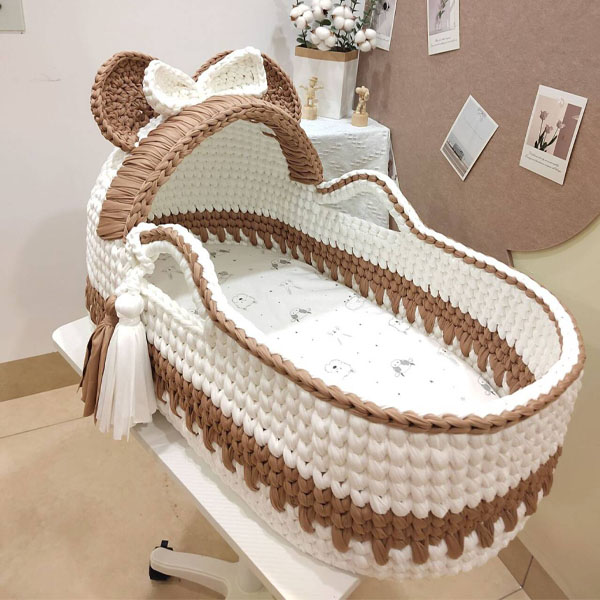
Crib: long-term and stable
Cribs are the most common upgrade. They last from infancy into toddler years, which makes them cost-effective in the long run. Just make sure the mattress is firm, and the sleep space is empty.
I moved both my kids to their cribs before 4 months. The transition was smoother than I expected, especially since we kept the same sleep routine.
Bassinet or co-sleeper: short-term next step
If your baby isn’t ready for a big crib or you want to keep them in your room a bit longer, a bedside bassinet is a great bridge option. Many are height-adjustable and take up less space than a crib.
These also work well for travel, or if you have a small apartment.
Conclusion
You should stop using a Moses basket by 3 to 4 months, or as soon as your baby rolls, pushes up, or reaches the weight limit—whichever comes first. Safety always comes before convenience.




